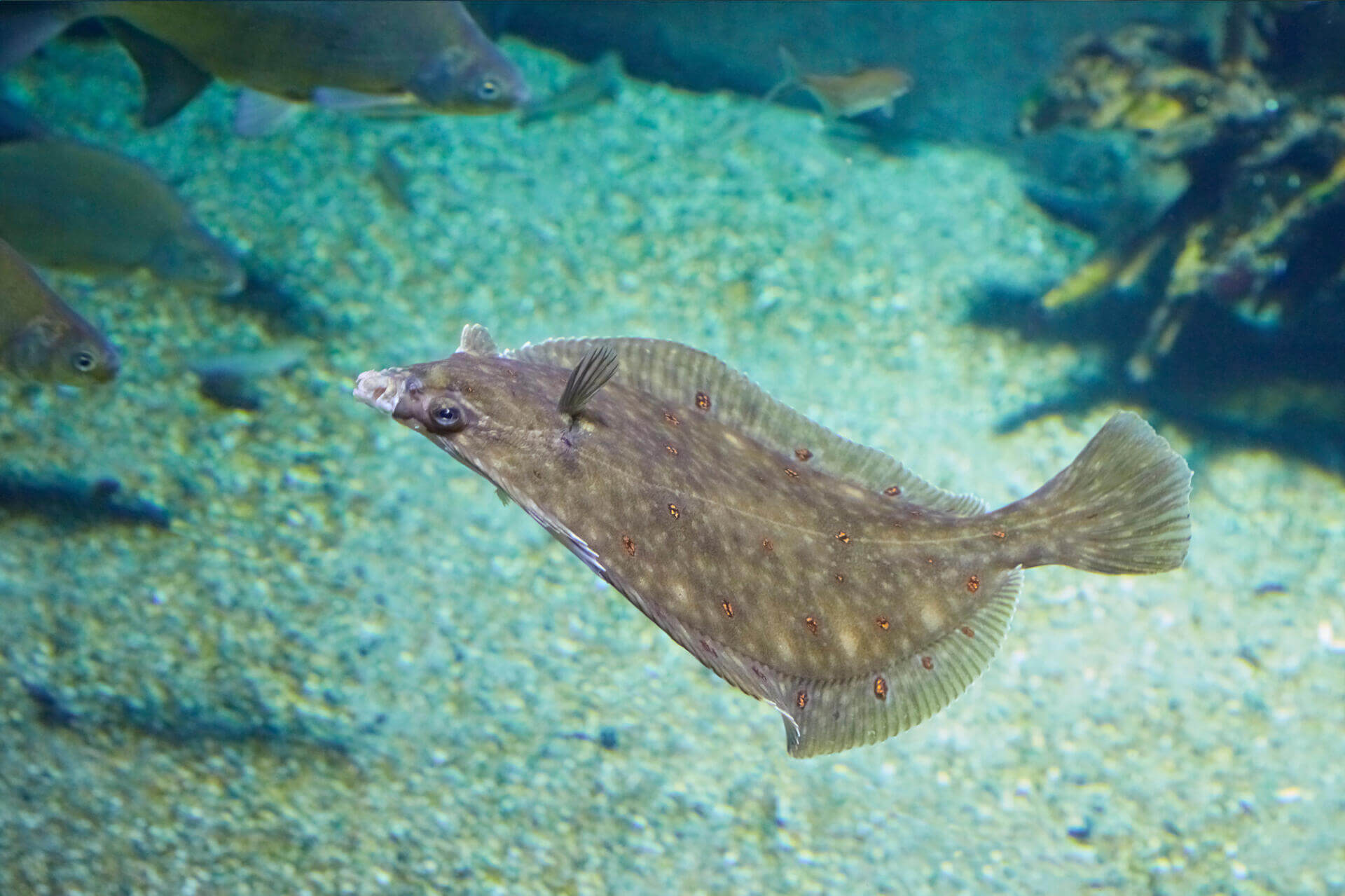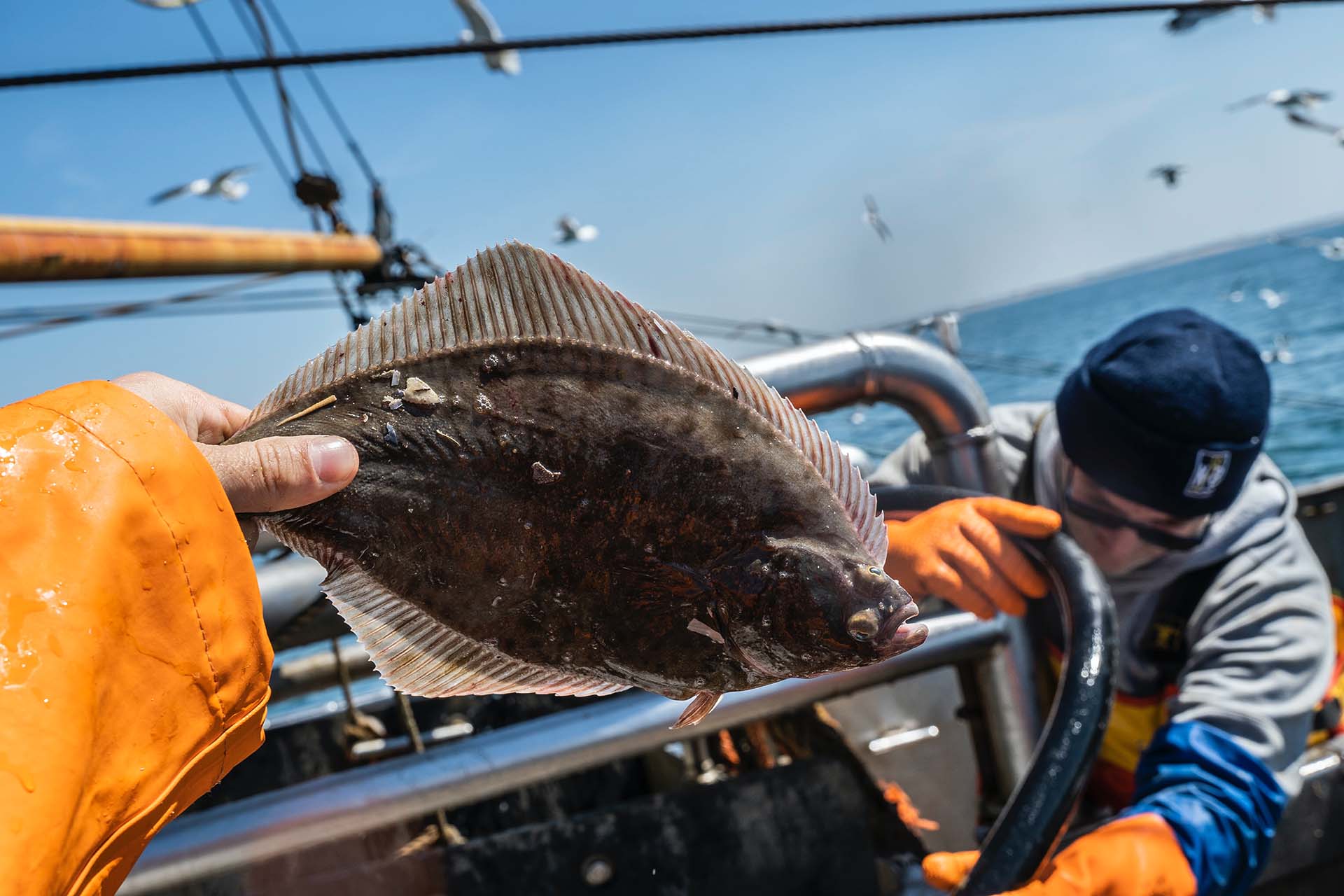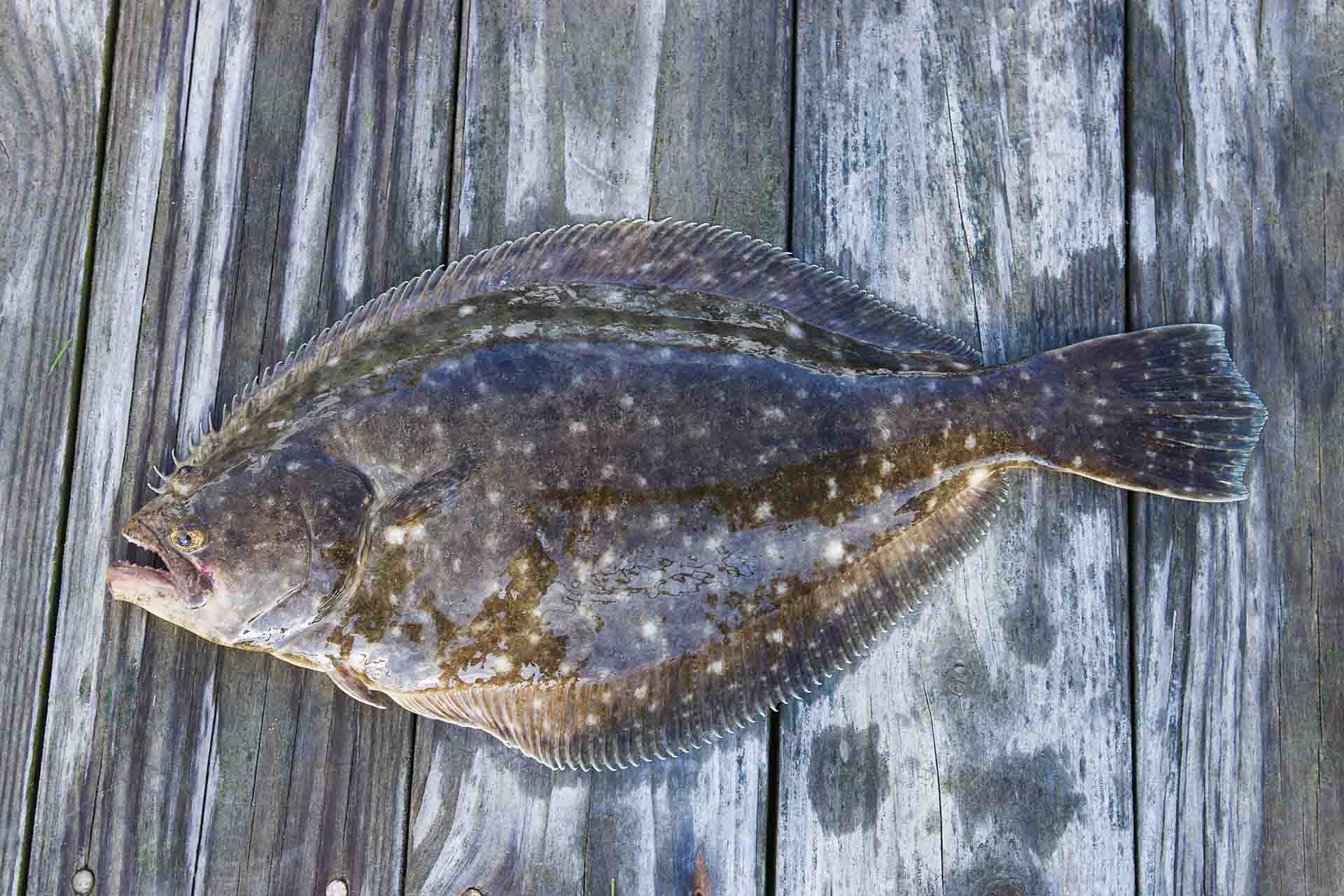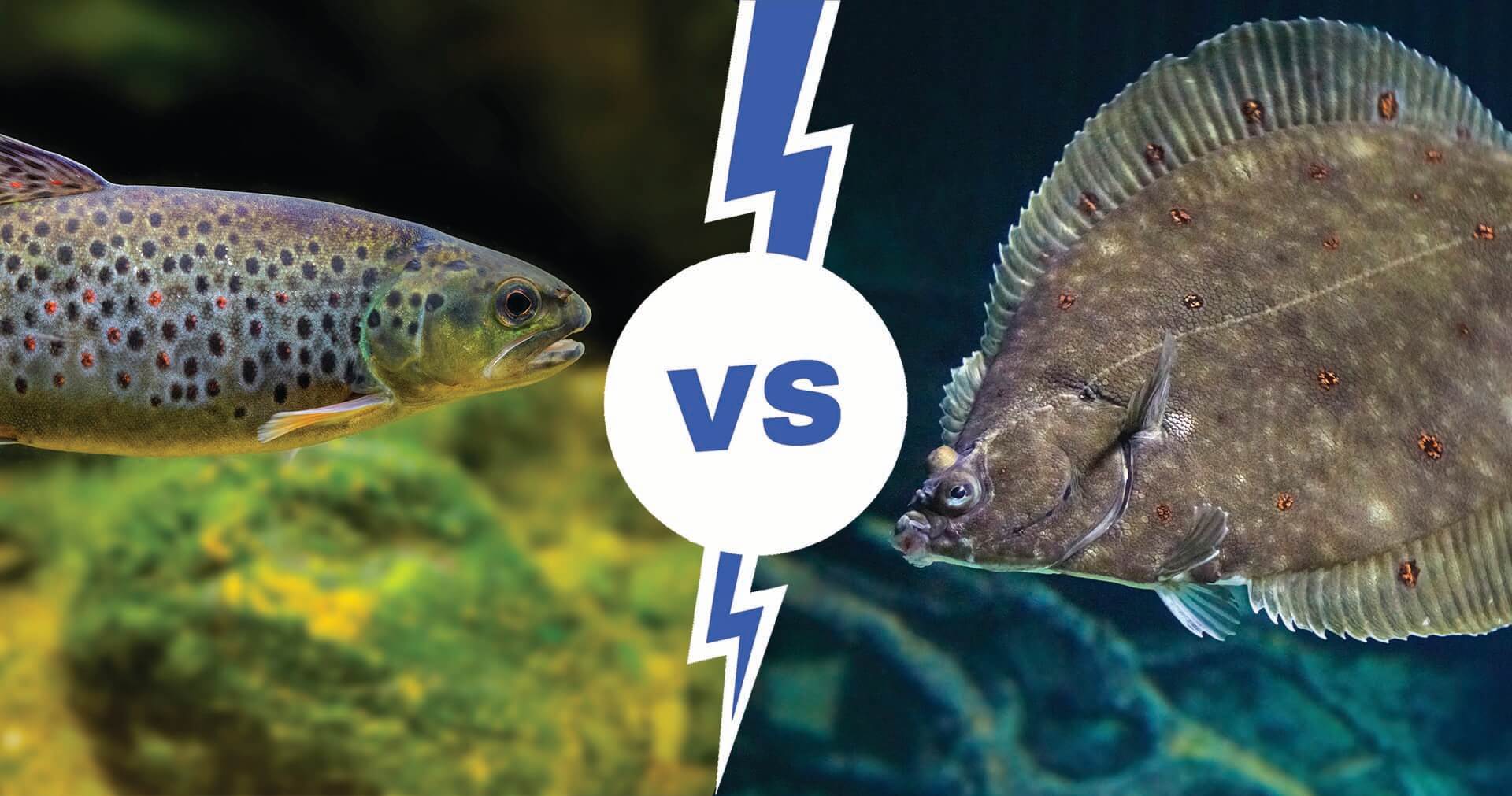Knowing when is the best time to catch flounder is key to planning successful angling trips. So, when is flounder season? Typically, the season spans from spring to early fall, however, it can vary by region. Let’s dive into what makes these months ideal for pursuing this popular flatfish.
Regional flounder seasons typically occur from spring to early fall. However, it’s important to be aware of local regulations to ensure sustainable flounder fishing practices. Explore the best techniques and gather the necessary gear – then, you’ll be ready for the adventure!
Try to Understand Flounder Migration Patterns and Behavior
Understanding the migration and breeding behaviors of these fish is crucial if you plan on scoring the catch. Typically, they migrate to offshore waters for spawning in late fall and winter. As water temperatures rise in spring, they return to inshore areas.
This journey is driven by the instinct to reproduce in favorable conditions. Consequently, the best seasons for angling align with these migration patterns. Spring and early fall are ideal times as this period is when they’re feeding actively.
These fish are often found camouflaged in shallow sand. They are well-known for their ability to blend seamlessly with their surroundings as this is a key aspect of their predatory strategy. It allows them to ambush their prey. Their flat bodies and color-changing skin make them adept at hiding in these environments, making them less visible to both predators and their prey.
Where Are the Main Flounder Habitats?
If you are planning on fishing for flounder, you should know that their habitats are diverse, ranging from estuaries to nearshore waters. Young specimens often reside in shallow, protected waters like bays and estuaries, providing safety and abundant food. As they mature, they venture into deeper, saltier waters, often found near structures like reefs, wrecks, and drop-offs.
Understanding these habitats is key to locating them during the angling season. Their presence in various environments throughout the whole year makes them a fascinating target for many anglers.

A Global Overview of Flounder Fishing Season
Flounder seasons exhibit significant variations across the globe, influenced by climate, geography, and different species. In North America, the season peaks from spring to early fall, coinciding with warmer coastal temperatures.
European waters, particularly the North Sea, have a slightly different timeline, often extending into the cooler months. In the Southern Hemisphere, for example in New Zealand, the season peaks in the summer months.
Each region hosts different species of this family, adapting their spawning and feeding habits to local conditions. This diversity ensures that globally, at any given time, there’s an open angling season happening somewhere, making it a year-round pursuit for enthusiasts worldwide.

When Is Flounder Season in the United States
Catching the right moment is crucial in the pursuit of this species. Timing is everything, as it ensures a more fruitful experience. Each state has its unique season, influenced by local climate and migration patterns. Let’s explore them:
When Is Flounder Season in Texas?
In Texas, the peak season begins in early spring and extends through late fall. The Gulf Coast, particularly around Galveston, sees a surge in activity during this period. Anglers often find the best conditions in September and October, when the water temperature is ideal.
When Is Flounder Season in Florida?
You should know that Florida’s season varies by coast. On the Gulf Coast, it starts in March and continues until November. The Atlantic side has a slightly shorter window, from April to October. Warmer waters around this time bring these fish closer to inshore areas, especially in estuaries and near coastal structures.
When Is Flounder Season in North Carolina?
North Carolina’s season is most productive from late summer to early winter. The coastal areas, particularly the Outer Banks, become hotspots as the fish migrate towards the ocean in late fall for spawning. The transition months of September and October are often the most rewarding.
When Is Flounder Season in New York?
In New York, the season typically runs from May to October. The Long Island Sound and the South Shore are popular spots. Cooler water temperatures in early fall make September a prime month for enthusiasts in these northern waters.
When Is Flounder in Season, California?
California sees its season from spring through fall, with the San Francisco Bay and Southern California coast being key locations. The warmer months of July to September are particularly favorable, as the fish are more active in the temperate Pacific waters.
Flounder Fishing Regulations and Conservation Efforts
Adhering to angling regulations is crucial for the sustainability of any species. These regulations often include size and catch limits, which vary by region. Size limits ensure that only mature individuals are caught, giving juveniles time to grow and contribute to the population. Catch limits, on the other hand, help maintain a balanced ecosystem, preventing the problem of overfishing.
The importance of sustainable practices in this activity cannot be overstated. It involves respecting the habitat, following legal guidelines, and being mindful of the watery ecosystem and its population. Such practices ensure that these marine environments remain healthy and productive for many generations to come.
Conservation is key, and it’s a shared responsibility. Efforts by various groups help safeguard these habitats, ensuring they thrive. This not only benefits the aquatic species but also supports a healthy ecosystem. Through these efforts, the harmony between recreational activities and environmental stewardship is maintained.
Practice the Best Catch and Release to Ensure Flounder Conservation
Catch and release, when done correctly, also plays a significant role in conservation. The key is handling the catch gently and minimizing the time it’s out of water. When releasing, hold the catch in the water until it swims away. This practice not only helps maintain the population but also ensures that future generations of anglers can enjoy the same experience. Remember, successful catch and release is a combination of proper fishing techniques and respect for marine life.

You Need to Be Armed and Ready for the Angling Season
Planning your trip is key to a rewarding experience. Start by researching the best times and locations in your area. Check the weather forecasts and tide charts to choose optimal days. It’s also important to familiarize yourself with local regulations and acquire any necessary permits before you hit the waters. Now, let’s see what you need to have on your hands to ensure a successful trip.
Gather All the Necessary Gear
Having the right gear is crucial. It not only increases your chances of success but also ensures a safe and enjoyable outing. Here’s a list of essentials you should obtain when facing the flounder:
- Attire – waterproof and breathable clothing is ideal, and make sure you’ve got plenty of layers on you,
- Poles – medium-action rods such as KastKing Estuary Inshore Saltwater Rod are versatile and suitable for most situations,
- Lines – opt for durable lines, with a strength suitable for the size of the fish in your target area,
- Reels – choose reels that match your rod’s weight and balance, here, spinning reels are most often the best way to go,
- Lures and baits – live baits like minnows and shrimp are highly effective, and as for lures, consider those that have some weight, like the Z-MAN Scented Paddlerz,
- Additional equipment – don’t forget a sturdy net, pliers for hook removal, sun protection, a first aid kit, and a camera to take a good shot of your catch.
Follow These Flounder Fishing Tips and Techniques to Ensure Your Success
A few techniques stand out as the most effective. Drift fishing is a popular choice, as it allows your bait to move naturally with the current, mimicking the flounder’s preferred prey. Jigging with soft plastics or live bait close to the bottom is another highly effective method, as flounder are ambush predators that lie in wait on the seafloor. You can also try casting with a slow, steady retrieve to keep your bait moving just above the sandy bottom.

With Our Guidance, You Can’t Be Nothing Sort Of a Victor
As we wrap up this exciting journey, we encourage all anglers to embrace these tried and tested tips and techniques. Whether you’re a seasoned pro or a novice, each outing offers a chance to connect with nature and refine your skills. Remember, every successful catch starts with preparation and respect for the environment. So gear up, stay informed, and let the thrill of the catch be your reward. Happy hunting and see you the next time around!
Frequently Asked Questions About Flounder Season
What Is the Best Rod for Beginners in Flounder Fishing?
For beginners, a medium-action rod is ideal. It’s versatile enough to handle different sizes of fish and is relatively easy to use. Medium-action rods offer a good balance of sensitivity and power, making them suitable for those just starting.
What Artificial Lures Are the Most Effective for Flounder Angling?
Artificial lures are designed to mimic the appearance and movement of the fish’s natural prey. Lures like soft plastics, jigs, and spinnerbaits can be very effective. Their movement in the water can provoke an aggressive response from the fish, making them a great option when live bait isn’t available.
Are There Other Effective Techniques Apart From the Slow and Steady Retrieve?
Yes, jigging can also be very effective. This involves lifting and dropping the jigging rod tip, causing the lure to move in a jerky, vertical motion. Another technique is drift fishing. In this case, you allow the boat to drift naturally with the current, presenting the bait more dynamically.
Where Can I Purchase My Gear, Tools, and Equipment for My First Angling Trip?
Gear, tools, and equipment can be purchased at outdoor and sporting goods stores, both physical and online. Many local bait and tackle shops also offer a wide range of products specifically suited for local conditions and species, along with expert advice.
How Does the Tide Affect Flounder Eating Patterns?
Tides play a significant role in the feeding habits of these species. These fish are more active during high tides as the rising water brings in small fish and crustaceans, their natural prey. During high tide, they often move to shallower areas to feed, making them more accessible to anglers.








